[featured image: “Walking with sprites”]
Introduction
First off, you can read this lens’ data sheet here.
This lens was introduced in 1963 together with the ground-breaking Topcon RE Super camera. It hails from Topcon’s ‘pro’ line of cameras and lenses (See the JAPB company profile for Topcon).
Its mainline specifications of 35 mm f/2.8 make it a moderate wide angle (or wide standard) with a period-typical maximal aperture. This design remained ‘the’ Topcon RE 35 mm lens all the way until 1977 when Topcon pretty much decided to no longer compete in the big league.

Looking at the mainline specs, the combination of a 35 mm focal length with an f/2.8 maximum aperture is nothing special, but it has two features that make it stand out from the competition.
First, in an age when pretty much all other lens manufacturers styled their lenses in various shades of black, early era1 Topcon RE lenses are matte silver, often with a chromed front bayonet mount (for lens hoods etc) and very nice rubber focus rings. I know better than to assume that taste is a universal characteristic, but I think it looks damn nice.
Second, with a minimum focus distance of only 23 cm leading to a maximum magnification of 1:3,6 the lens certainly is more versatile than most.
Read on to see my attempt at describing this lens’ strengths and weaknesses.
Ergonomics
First off, Topcon RE lenses use their own variant of the Exakta mount. The short version is that it’s a classic Exakta bayonet, with some added mechanical interfaces (indicator prongs and stop-down levers) to facilitate the level of automation desired by Topcon. Topcon RE lenses and Exakta cameras are not a necessarily trouble-free match (or vice versa), but – importantly – any Exakta adapter that you are likely to have will work perfectly with Topcon RE lenses. If you want to dig into the details, feel free to do so at the JAPB article on the Exakta mount and its variants.
Assuming you already have an Exakta adapter for your camera, you just insert this lens, twist and listen for the locking lever to snap. Then you go shooting.
The Topcon RE 35 mm f/2.8 lens is a decently sized lens – maybe a bit larger than the average 60s 35/2.8. The lens makes good use of its length by offering the photographer a very wide focus ring that is exquisitely dampened and a joy to use. During my walk-around it was around -5° C which in combination with a 7 m/s northerly wind (==> feels like -15° C) pretty much guaranteed that I never took of my fleece gloves. Even so I had no problems manipulating the focus ring with precision.
Regarding the aperture ring I was not so lucky. The aperture ring of Topcon RE lenses invariably is a rather narrow affair, which – when mounted on a Topcon RE camera – ends up quite close to the camera housing. Luckily things are actually a bit better when adapted as the adapter makes finding the aperture ring possible even when wearing gloves.
The aperture ring is otherwise nicely tactile, with clicks that are both easily felt and counted (even when wearing gloves) without at any stage putting up considerable opposition. I have shot this lens a decent amount of time (mostly adapted but also natively) and whenever I’ve decided to check what my aperture value is (when I’ve counted the rapid clicks and think I am at a specific aperture, only to decide to nevertheless check it visually) I have almost invariably been right on target.
Setting up the walk…
All images in this walk-around have been taken on a single day. I woke up to the 12th of January 2025 only to find that – while bitingly cold – it was supposed to remain clear all day (blue skies in the Finnish early winter are a relatively rare occurrence). We promptly decided that we would go for a Sunday walk in our Eastern Helsinki suburbs and I – to no-one’s surprise – demanded to take a camera with me.
In the evening I did a quick visit to the countryside and decided that there are never too many moonlit snowscapes. But more on that later.
While I usually do my reviews and walk-arounds using my trusty Sony ⍺7R2, I’ve come to accept that – on days such as today – my Nikon Z5 has two undeniable advantages. First, it’s a bit bigger and the buttons are easier to access, so it is easier to operate with gloves on. Second, I’ve generally not been happy with the Sony’s batteries in sub-zero temperatures, whereas the Nikon’s batteries seem to not give a **mn about temperatures before it hits negative 30 C.
Images and commentary
I have been more than happy with the images, and find that I would likely not expect more from a considerably more modern lens.
First, given that we’re dealing with an early 60s moderate wide angle lens, some softness wide open in combination with chromatic aberration and field curvature are to be expected.
It is therefore a bit surprising that these typical failings are ‘disappointingly’ absent. Wide open centre sharpness (definition and contrast), is good (definition is very good, contrast merely good) but what is surprising is that border and corner sharpness are nearly just as good.
All wide open shots show some level of lack of contrast but this is somewhat easy to address in post. Given the day’s somewhat extreme contrast circumstances (snowy landscapes and sun) the lack of contrast is due to a combination of relatively mild spherical aberration and a not uncontrollable level of veiling. Stopped down past f/4 contrast becomes essentially perfect (until diffraction starts kicking in at f/11)
Geometric distortions, are well controlled, and – based on these images – by no means field-relevant. While these images contain no picturesque brick walls, previous experience with the lens informs me that geometric distortion is practically a non-issue in the normal shooting range).
What blows my mind when using this 60+ year old lens is that chromatic aberrations are essentially non-existent2. This is especially evident in today’s pictures which contain some rather extreme contrast situations.
When shooting against the light the lens shows some level of ghosting and veiling. Veiling is not very bad, and while it may reduce contrast in areas near strong light sources, this result is better than expected given that this lens is from before the age of effective multi-coating. The ghosting on the other hand rather tends to be an added bonus as the ghosts are not too big and tend on the appealing side. On the other hand, the moonlit snowscapes show that when the light source is the pale moonlight, those ghosts can be considerably less appealing.
The RE.Topcor 35 mm f/2.8 does show some vignetting at wide open and a bit at f/4. Vignetting becomes irrelevant from f/5.6 onward.
Although this is a moderate wide angle without a crazy maximum aperture, its ability to focus on near subjects (at least for small objects that do not run away) does allow a rather extensive amount of background separation. As is typical, bokeh (the quality of that separation) is very dependent on the interplay of distances and depths of field as the bokeh can be buttery smooth or a bit on the wild side. (image samples from before the walk-around).

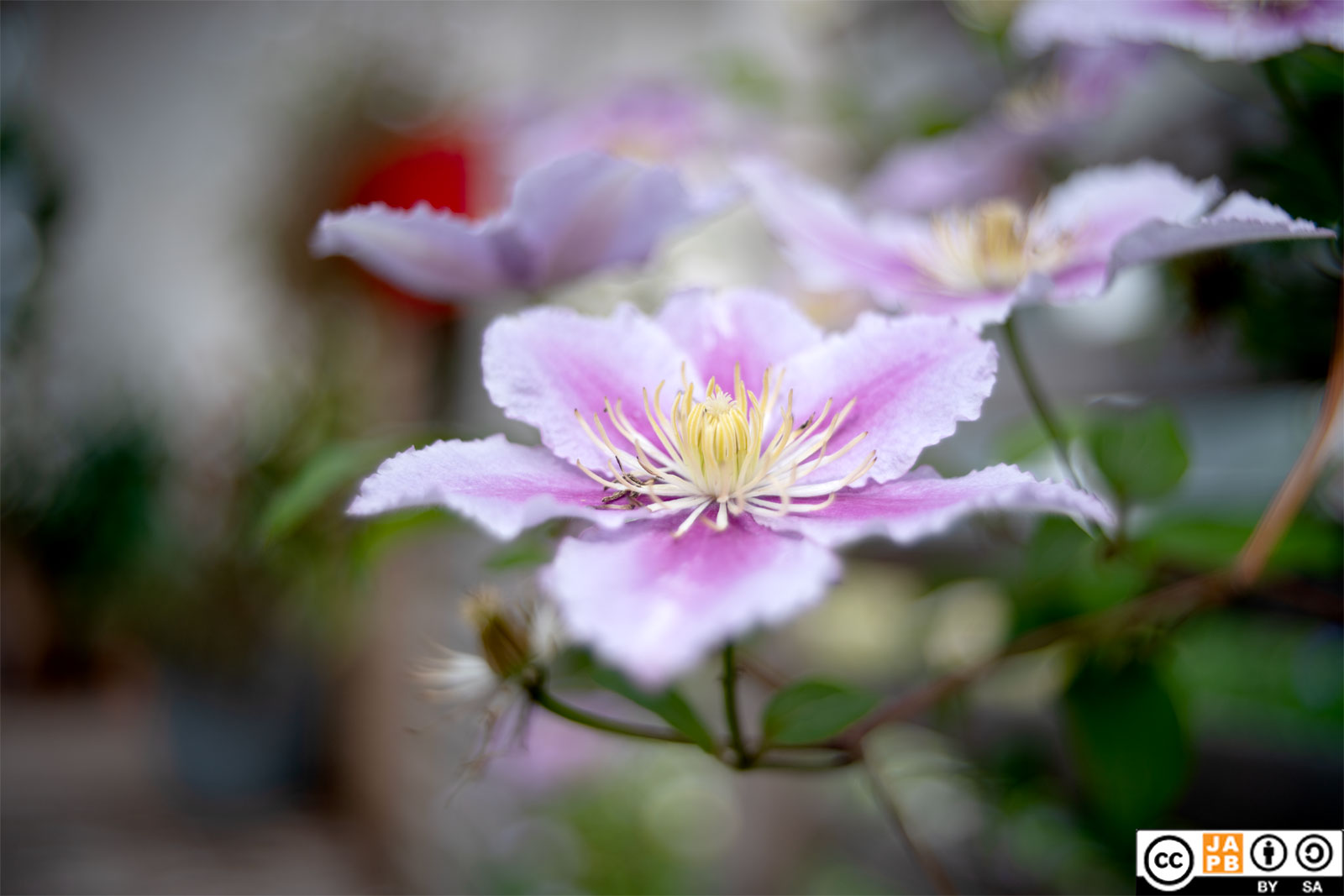
While the lens does offer som versatility through its short MFD its sharpness in the very near area cannot compete with that of true macro lenses.
I generally found the colour balance of the lens to be neutral (You should not let the fair share of golden hour shots and blue skies below fool you).
I have neither during this walk around or at any other time found evidence of field-relevant field curvature.
Finally, based on the nighttime shots, it is possible to see that the lens evidences some level of comatic aberration or ‘coma’ (and for once it’s really coma and not astigmatism), but that level is by no means bad, or – for that matter – really surprising considering the lens is by no means intended for astrophotography.
All in all, this is a helluva lens, and I cannot help but think what would have become if Topcon’s business acumen had been on the level of their optics department.
Daylight shots
All images below shot on 12. January 2025 on a Nikon Z5. Minimum edit in post (ACR default conversion from RAW), straighten, resize to 2048 and JPEG 9.
(And no, these are not golden hour shots. Most of these images were taken between 11:45 and 12:40. This is how high the Sun rises in Helsinki in January)
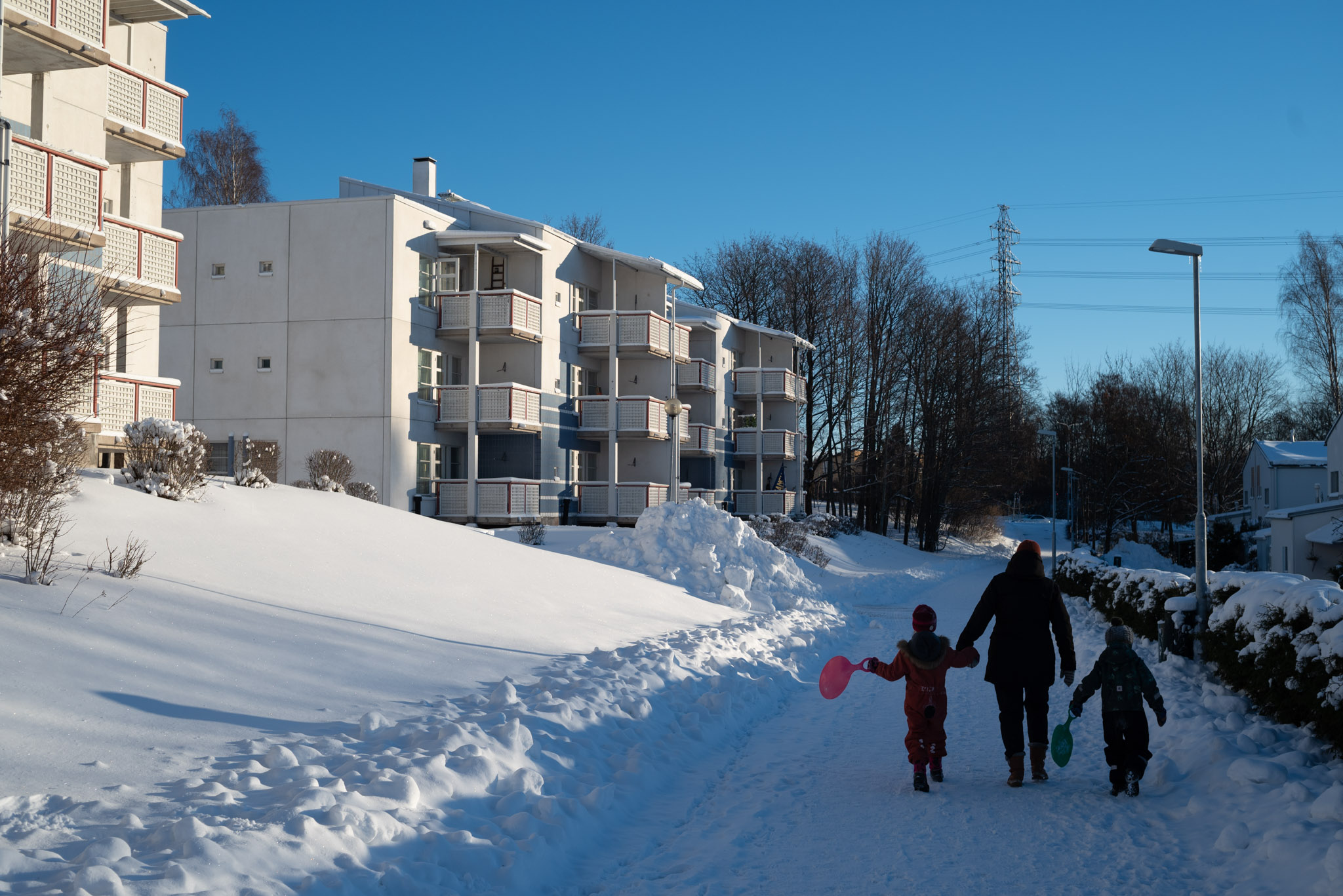
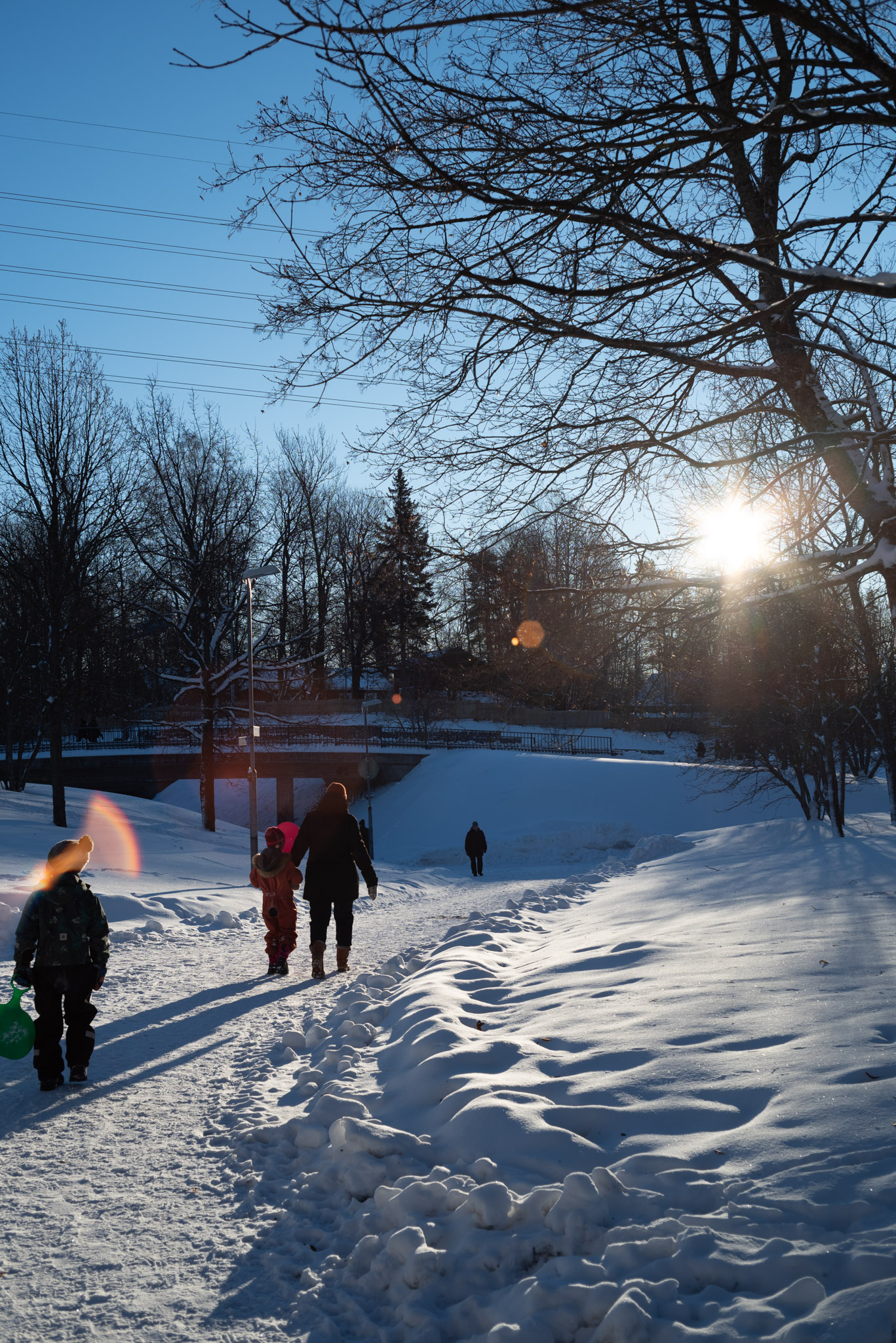

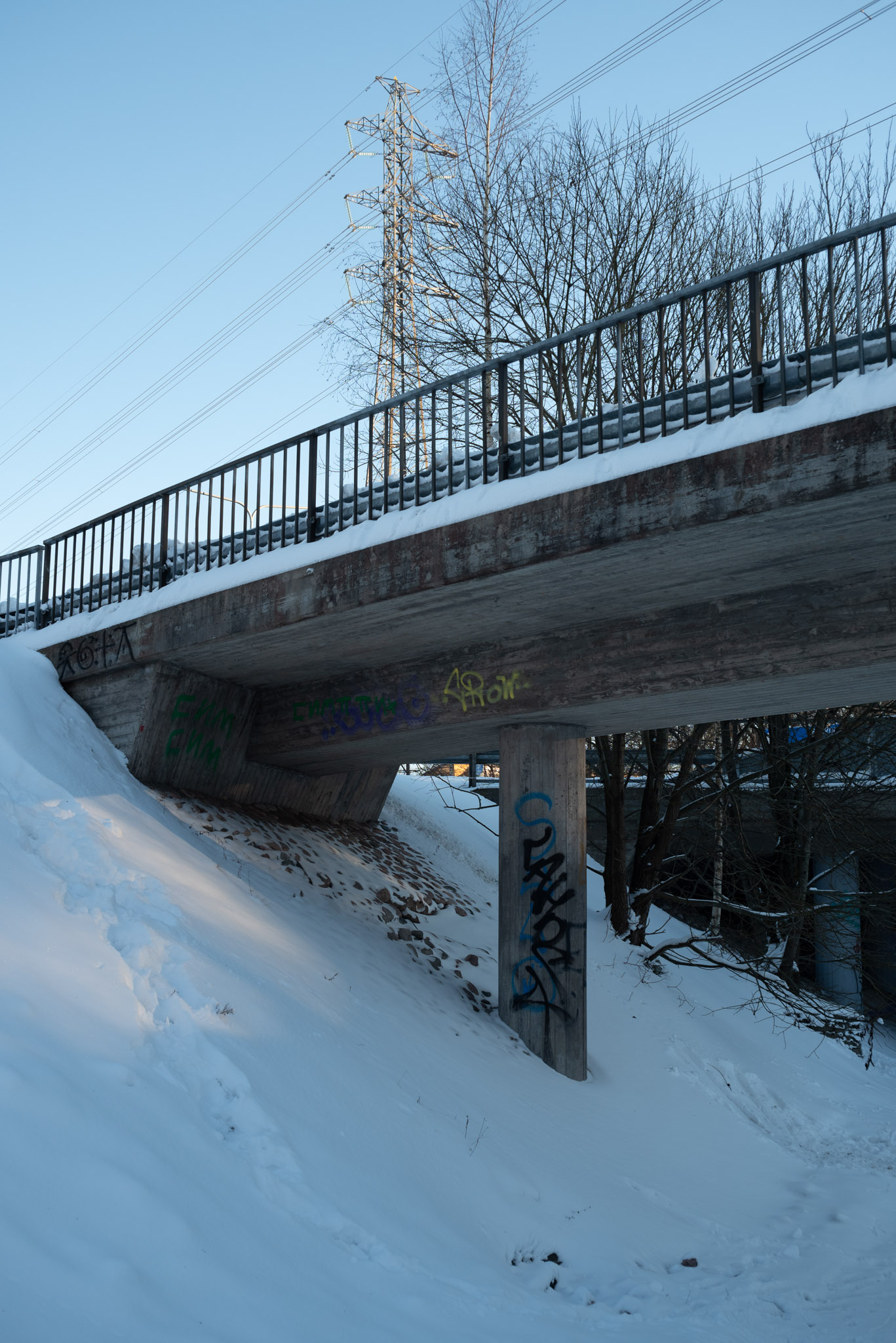
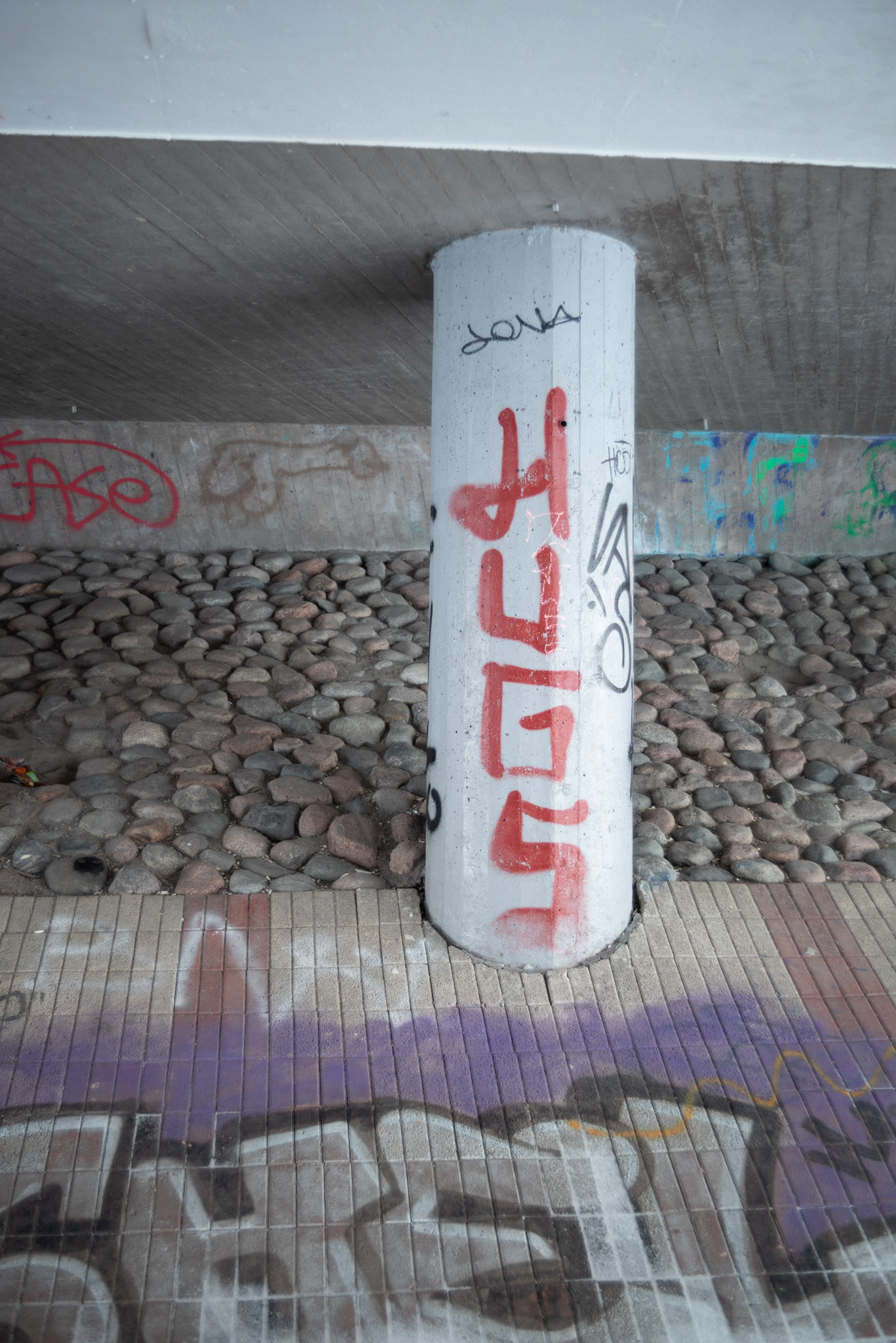
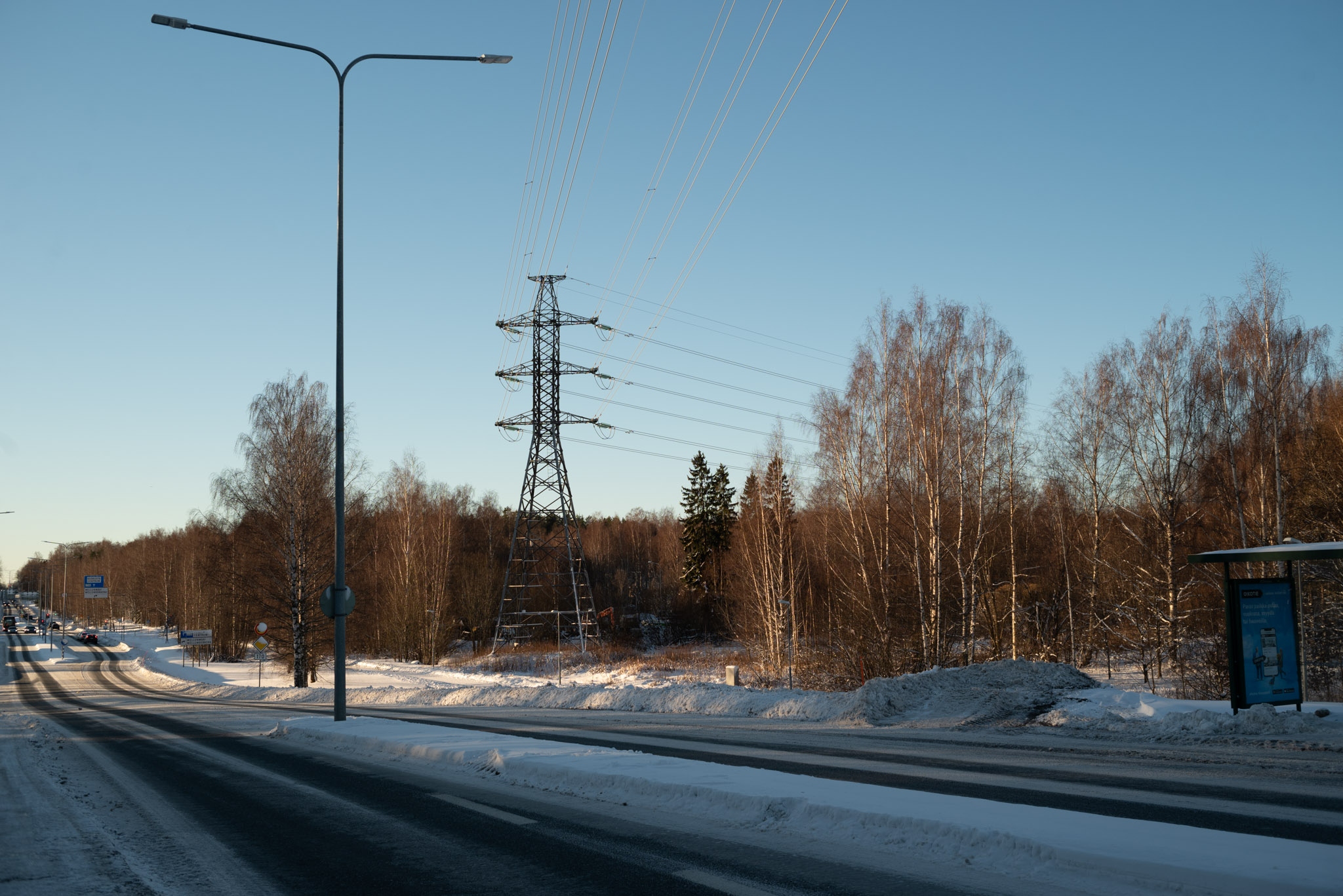
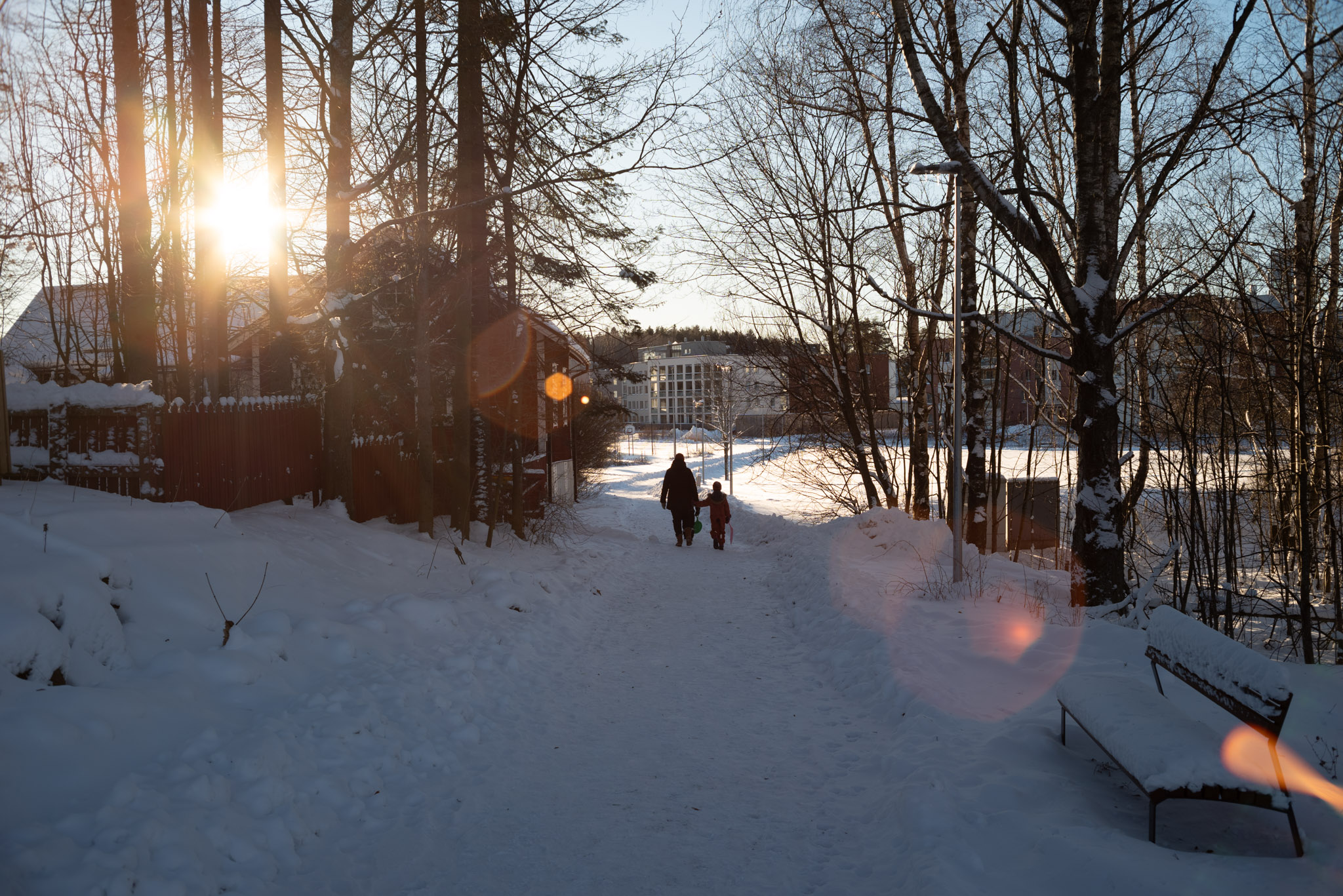
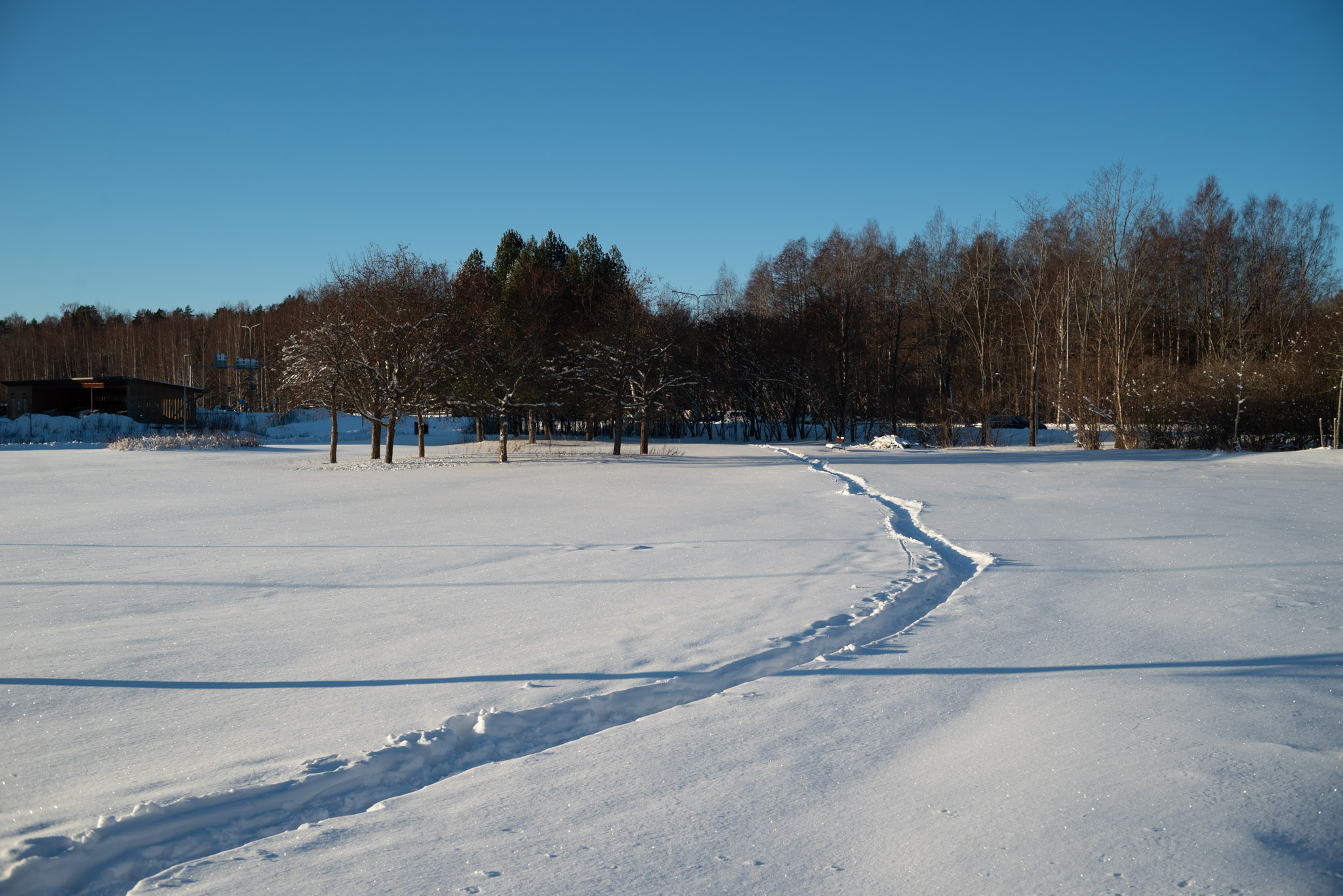

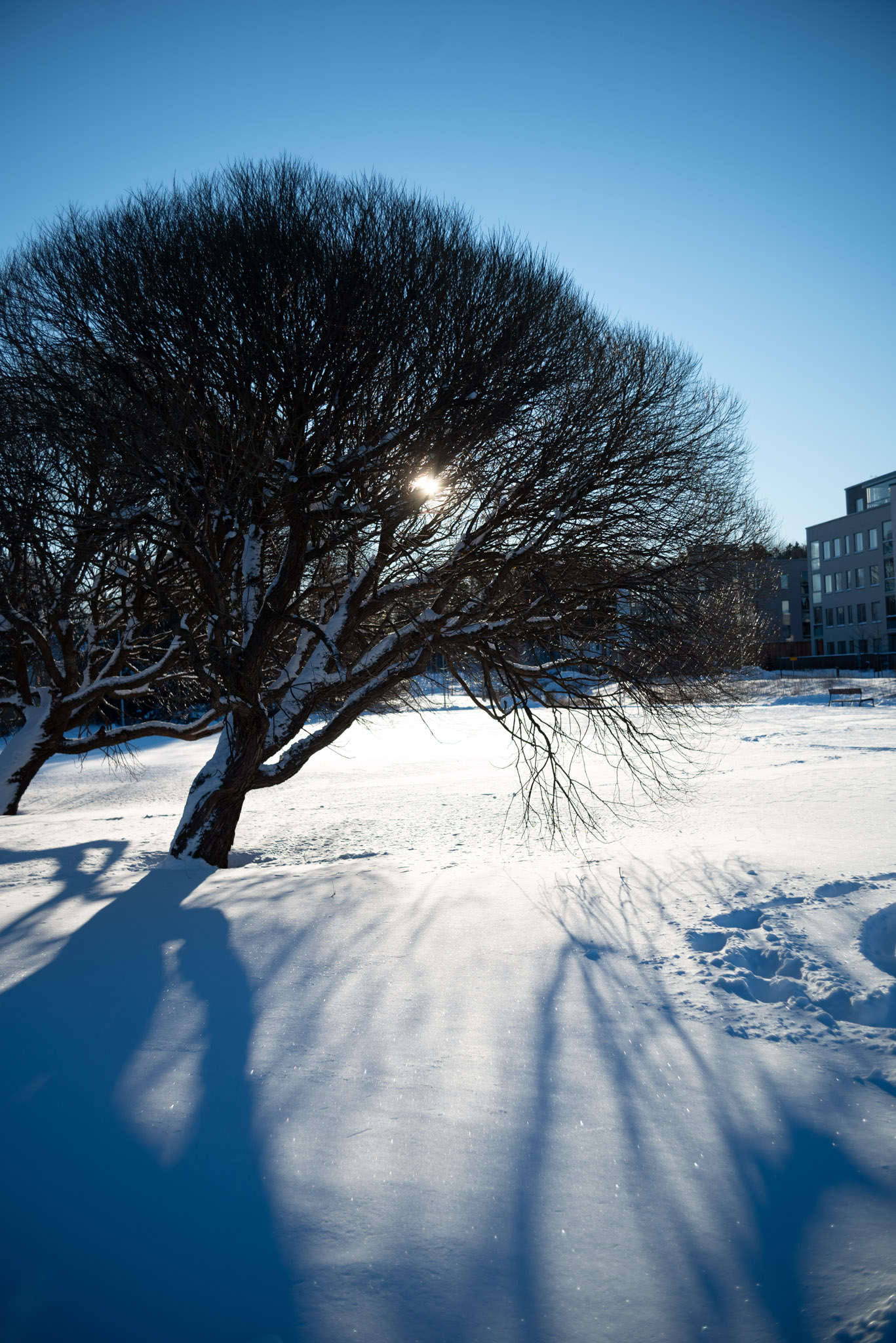
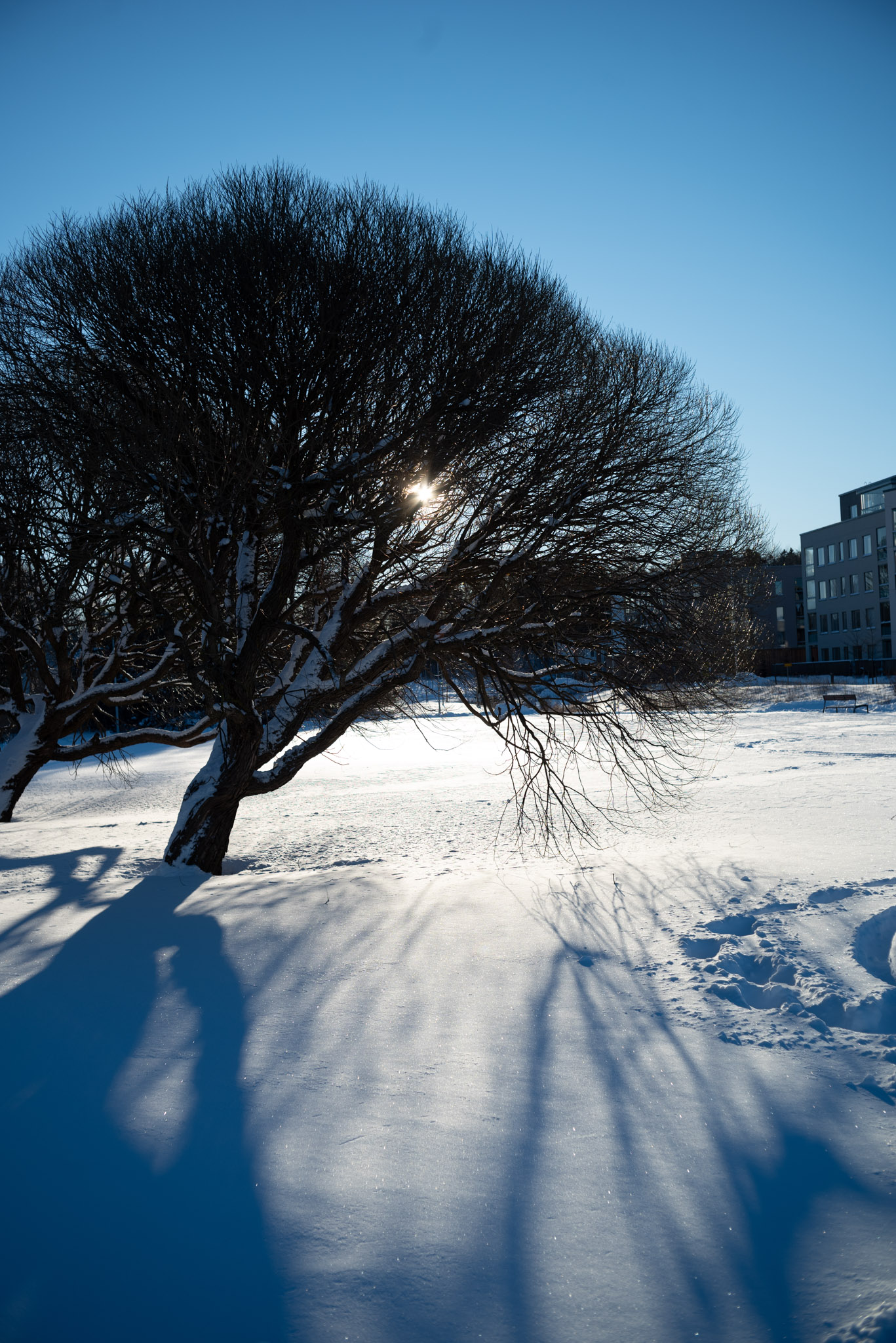

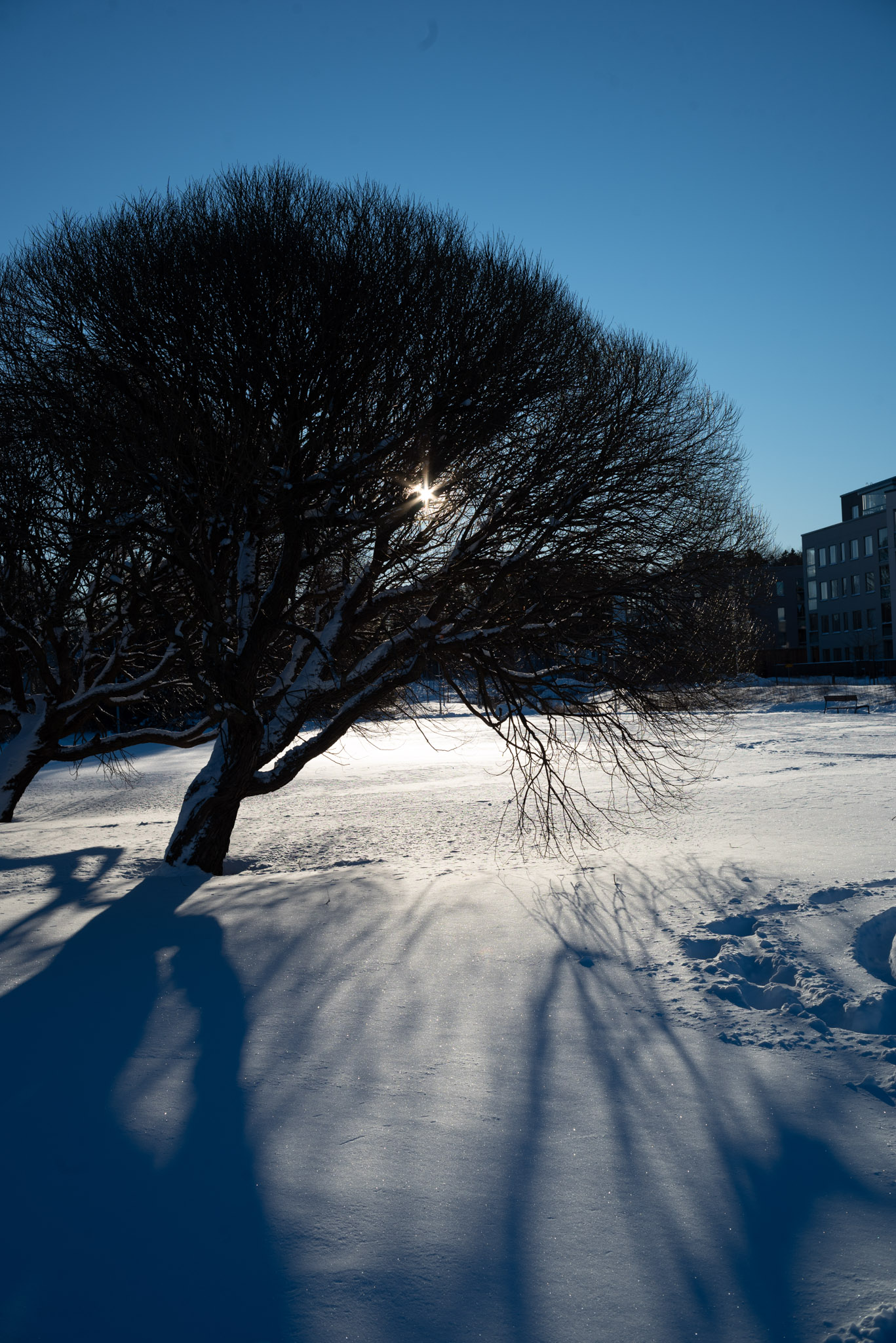
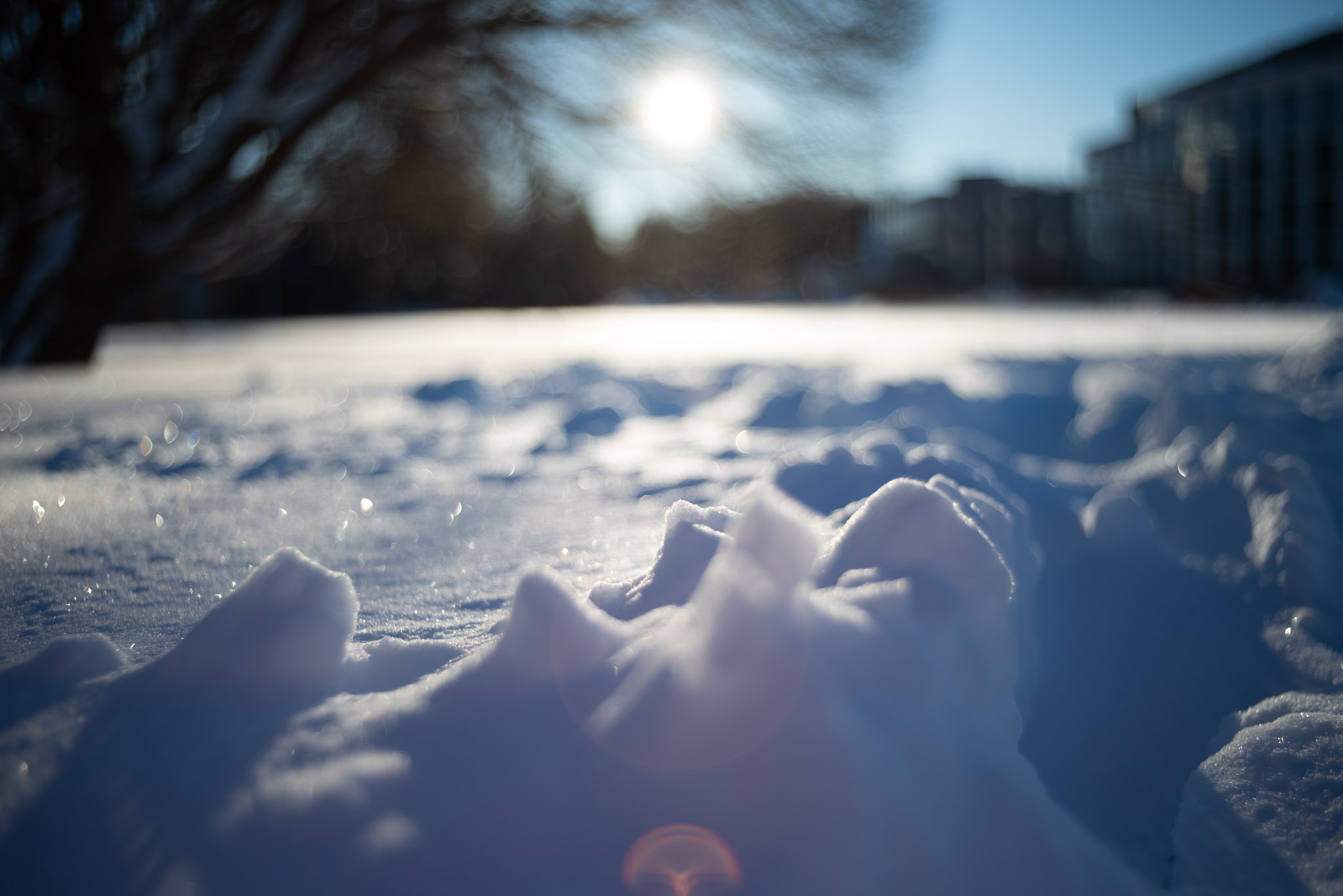
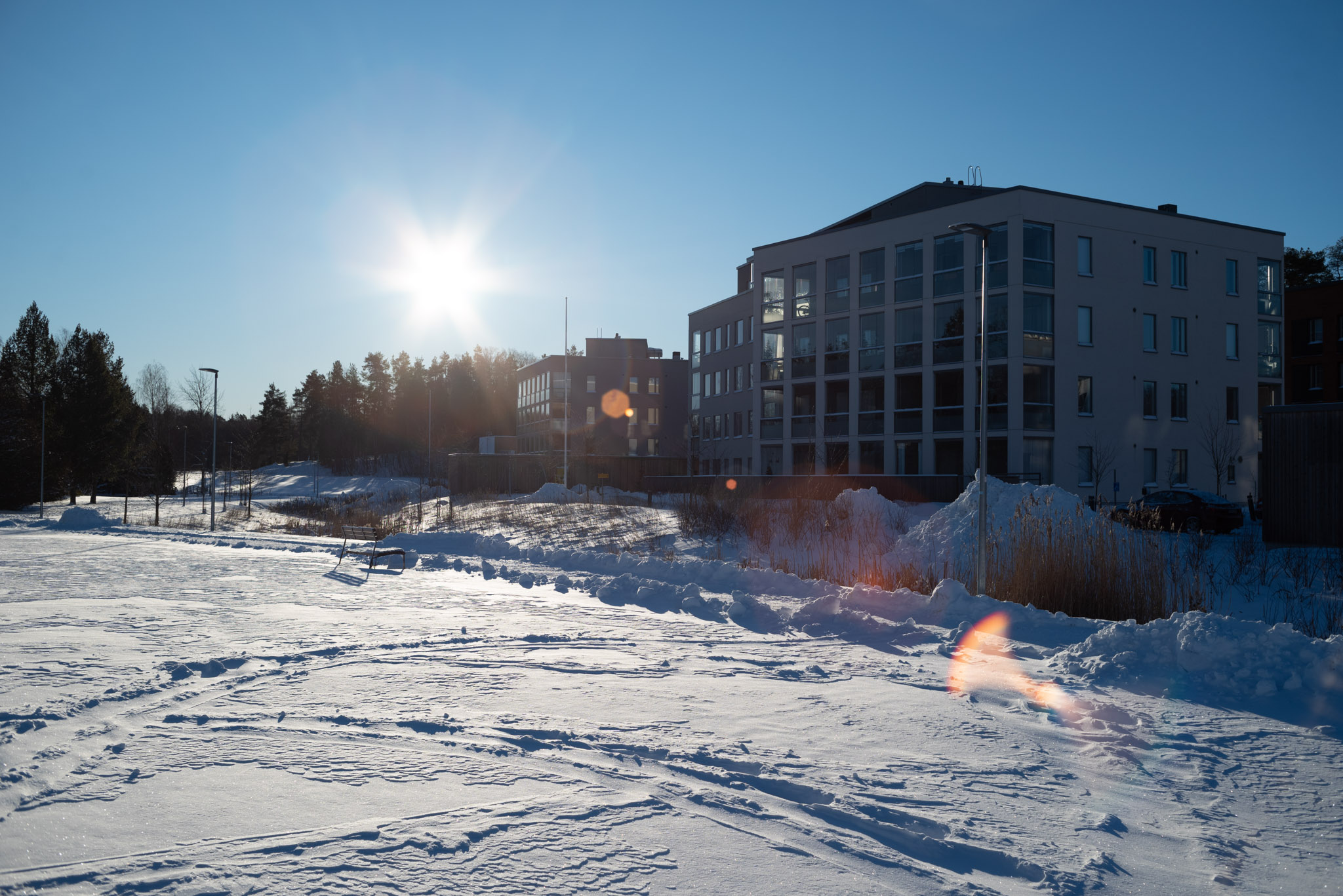
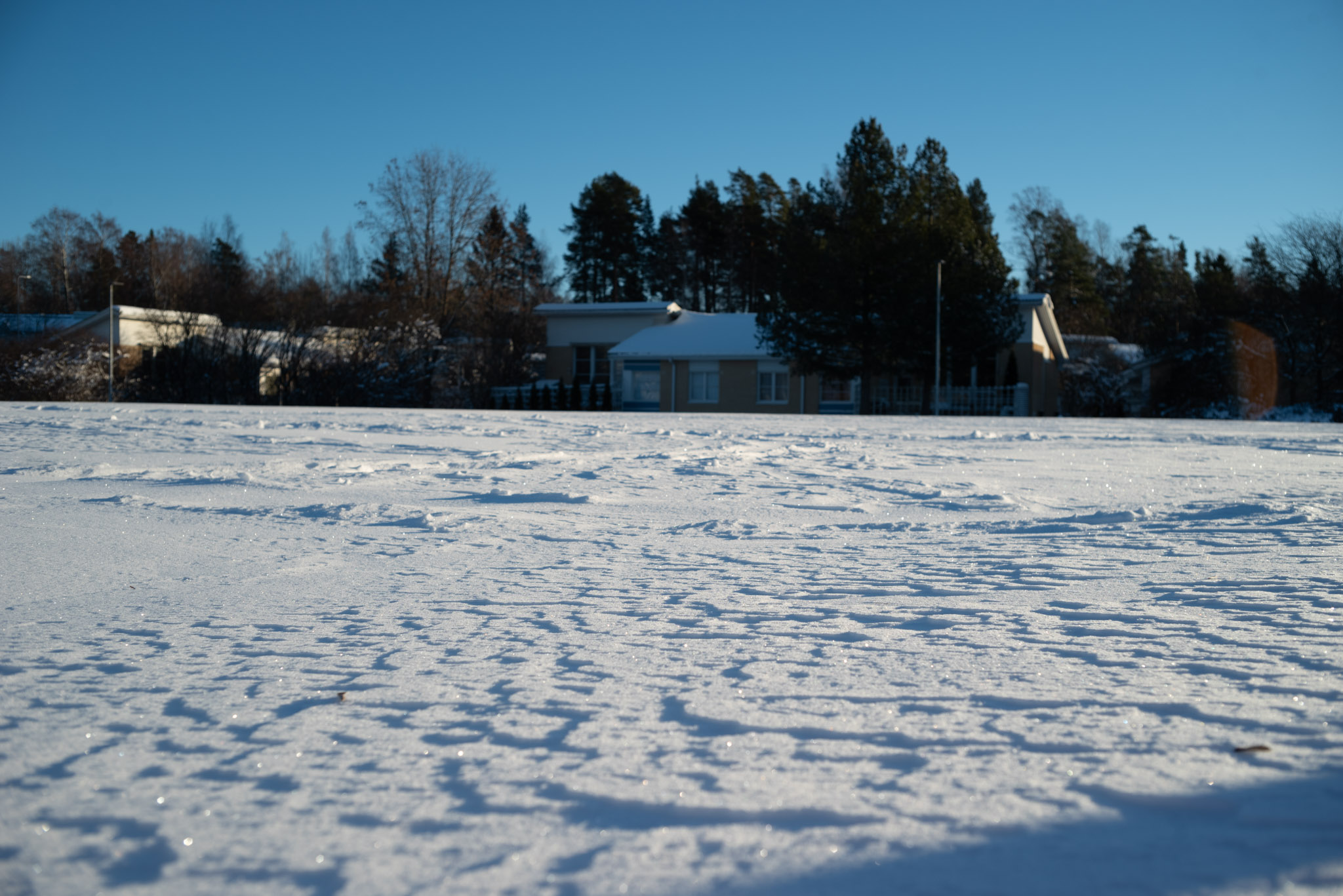
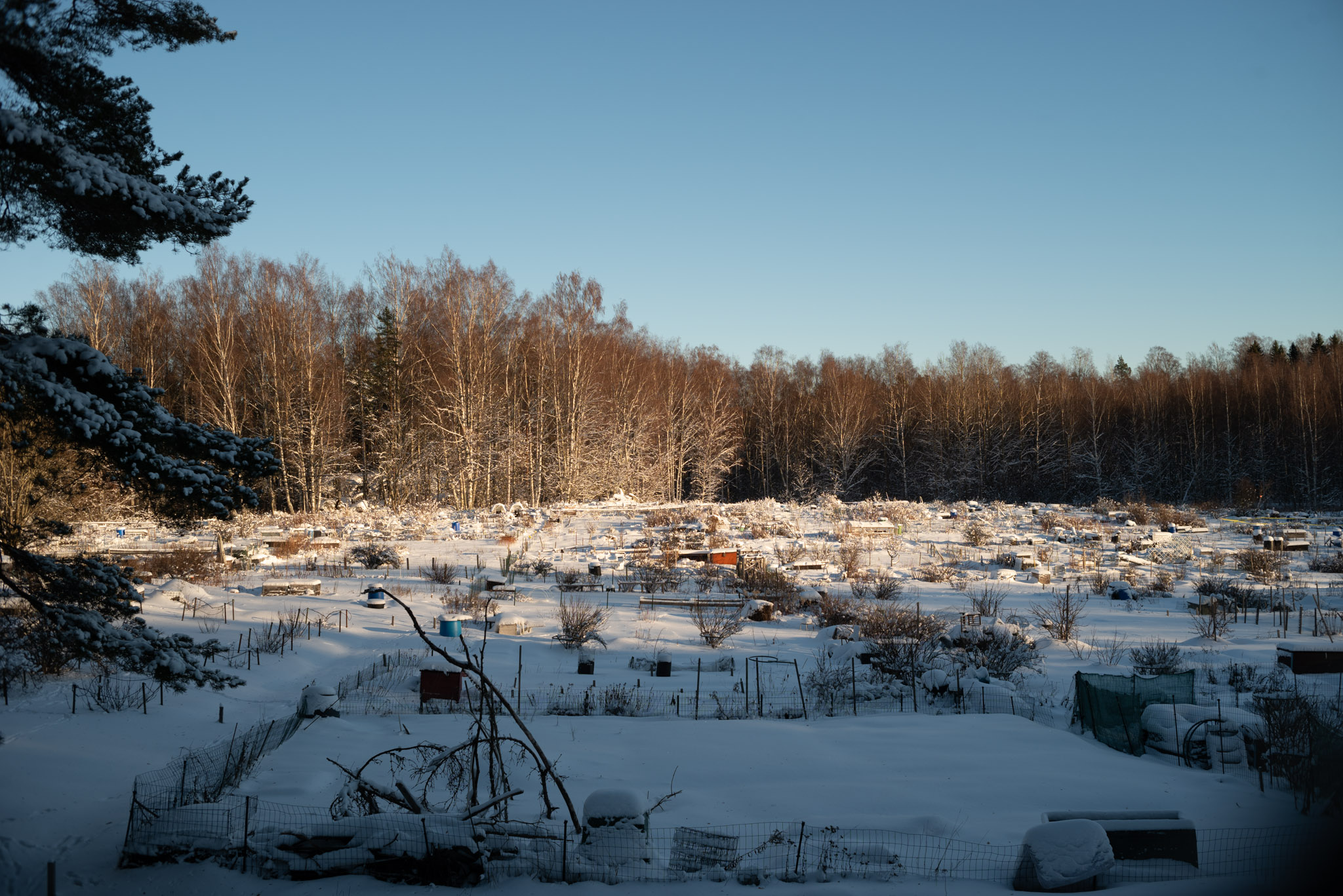
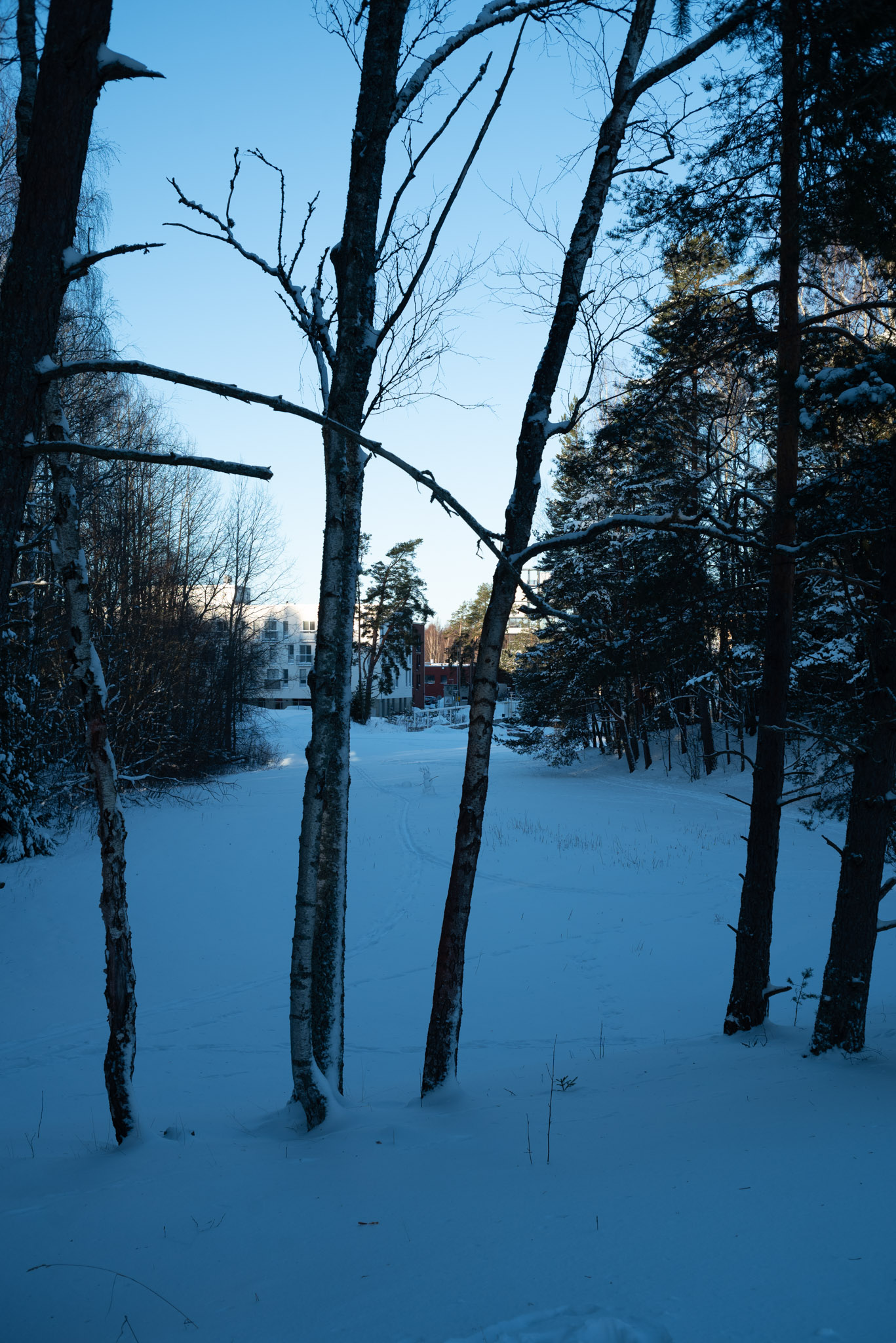
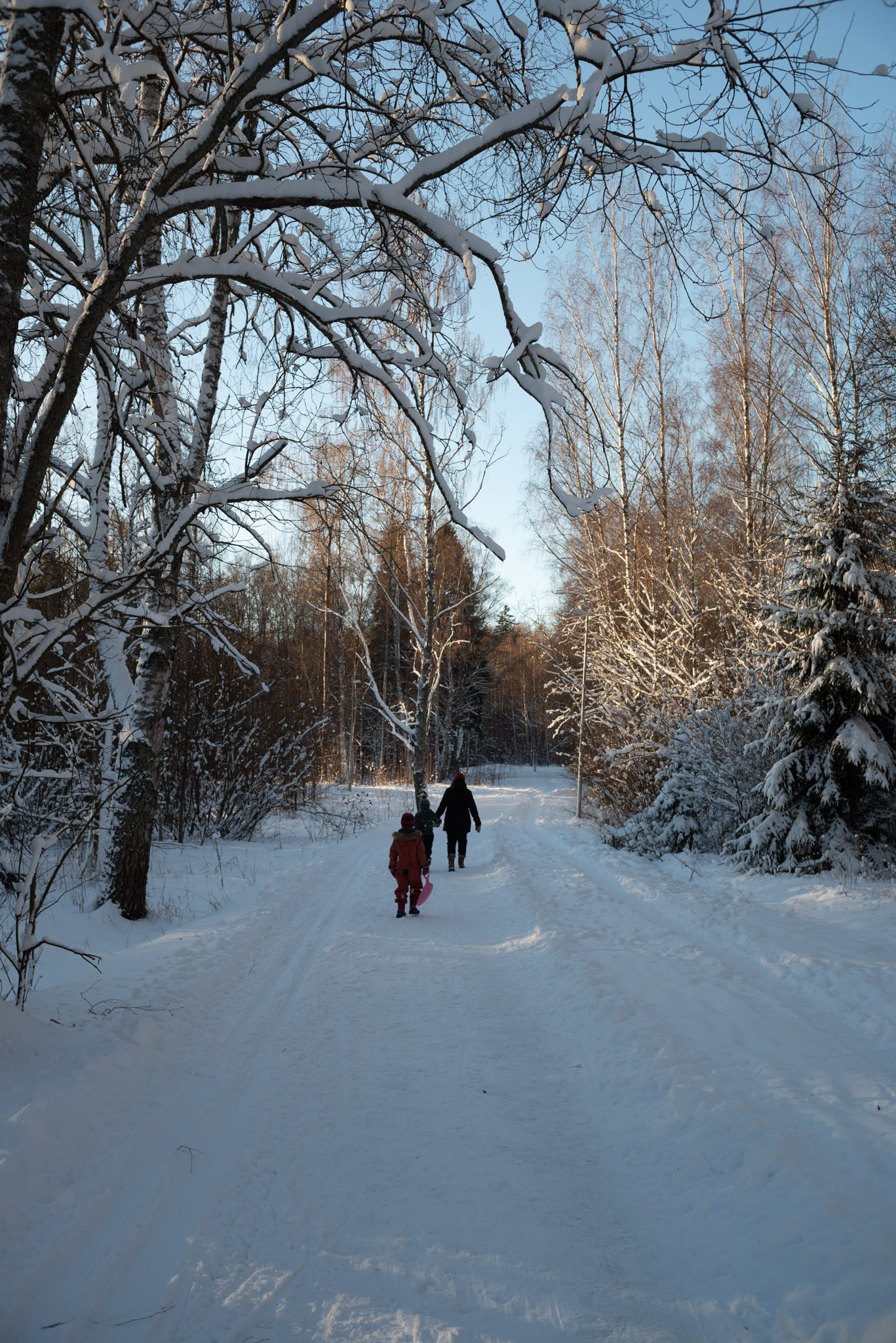
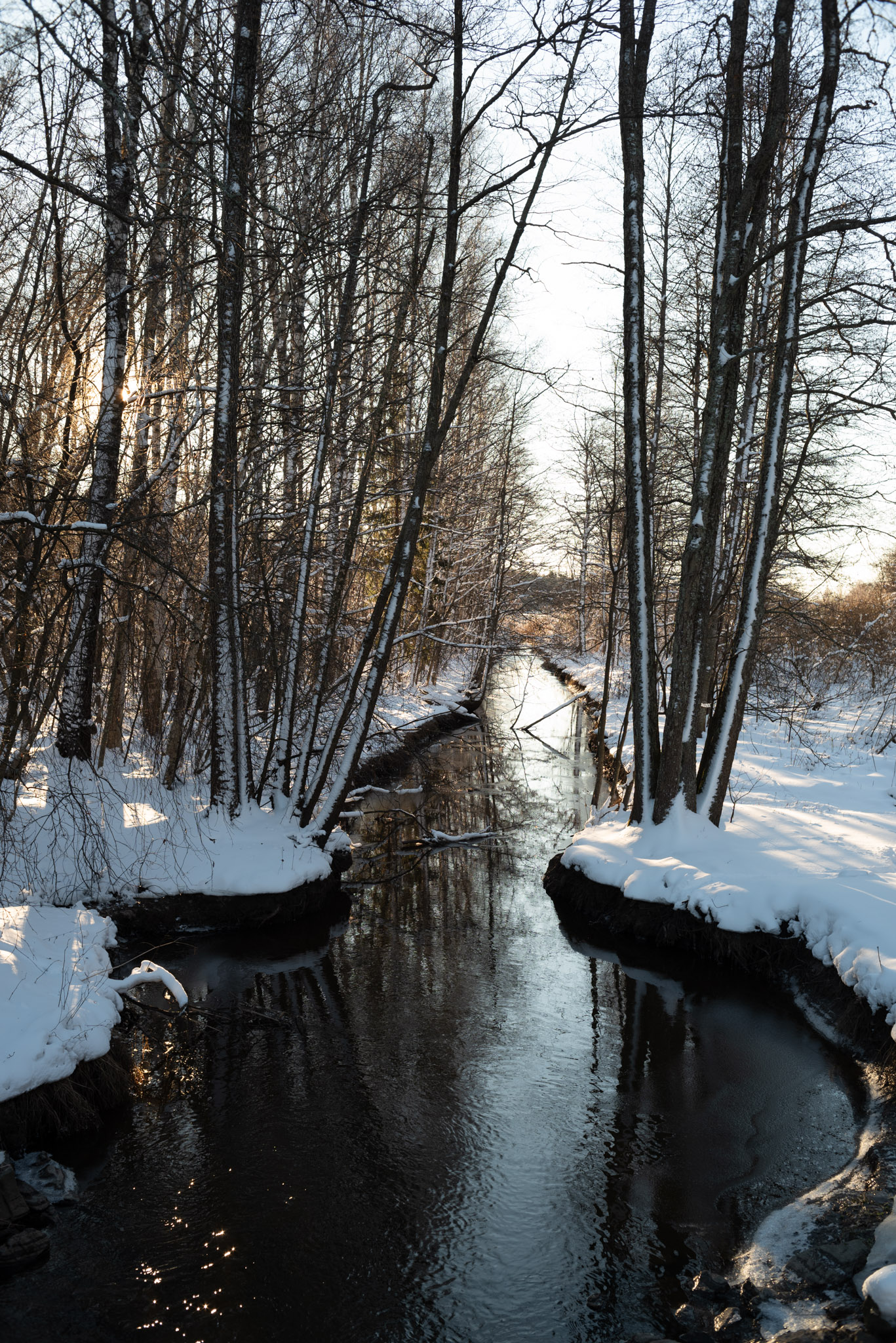
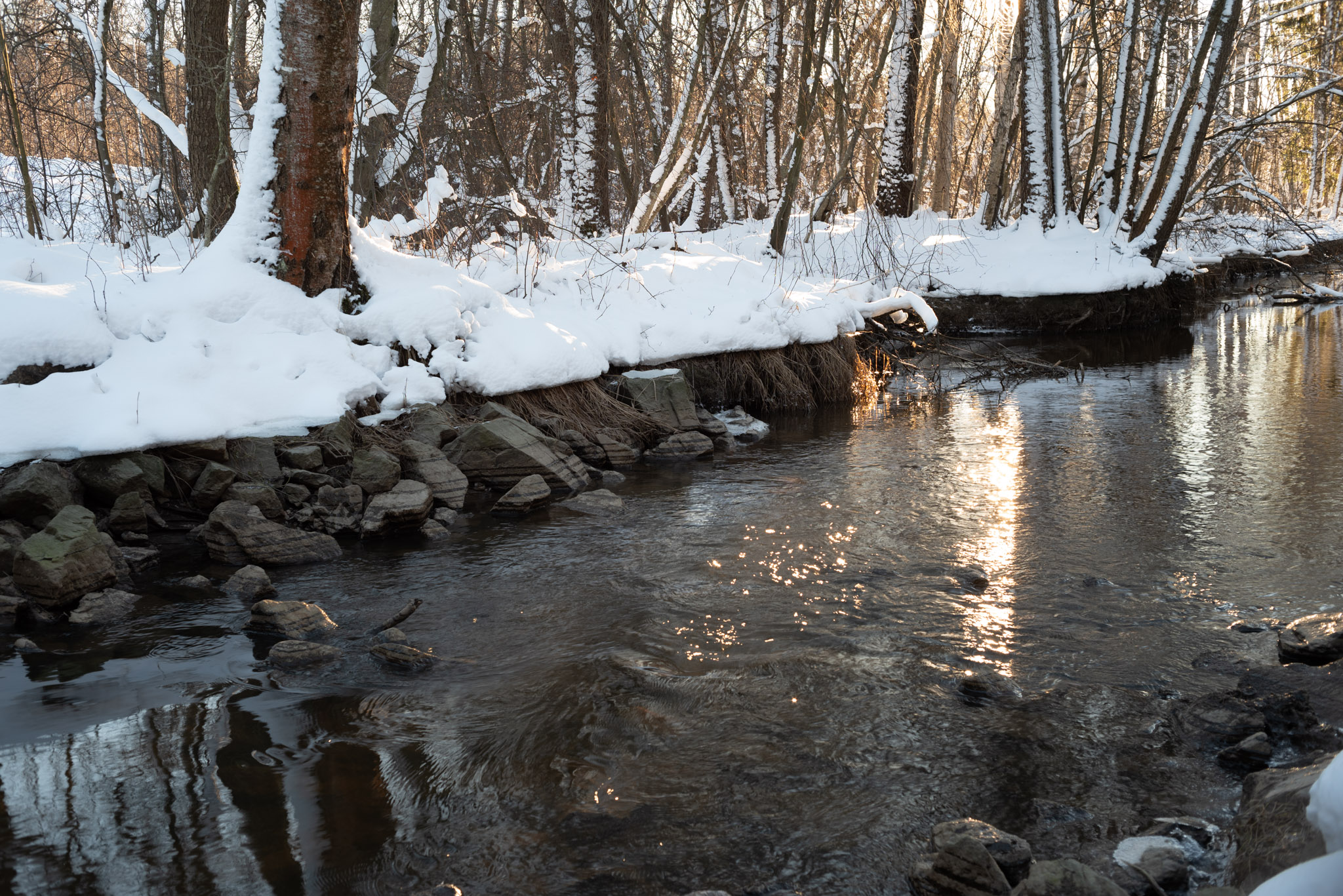
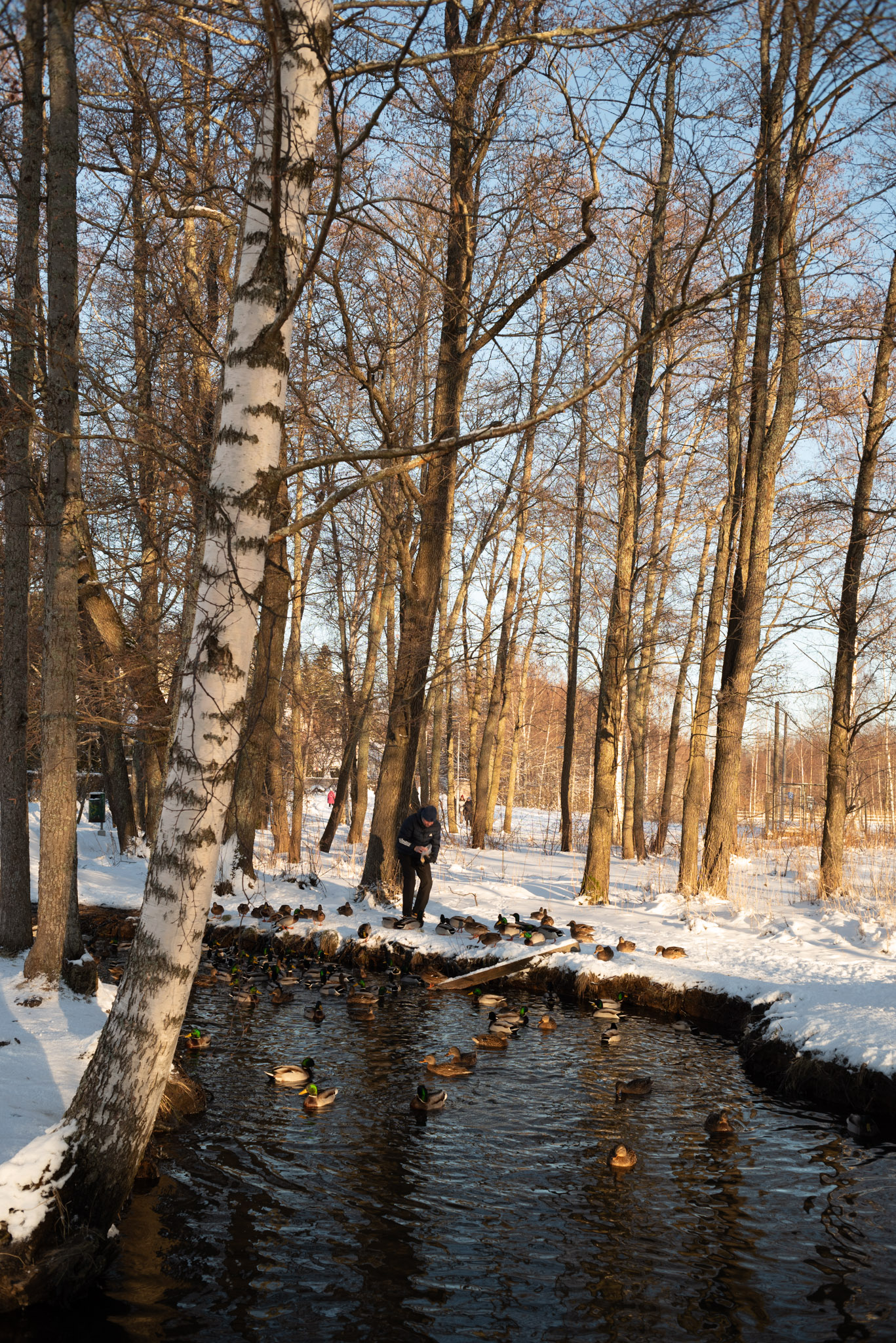
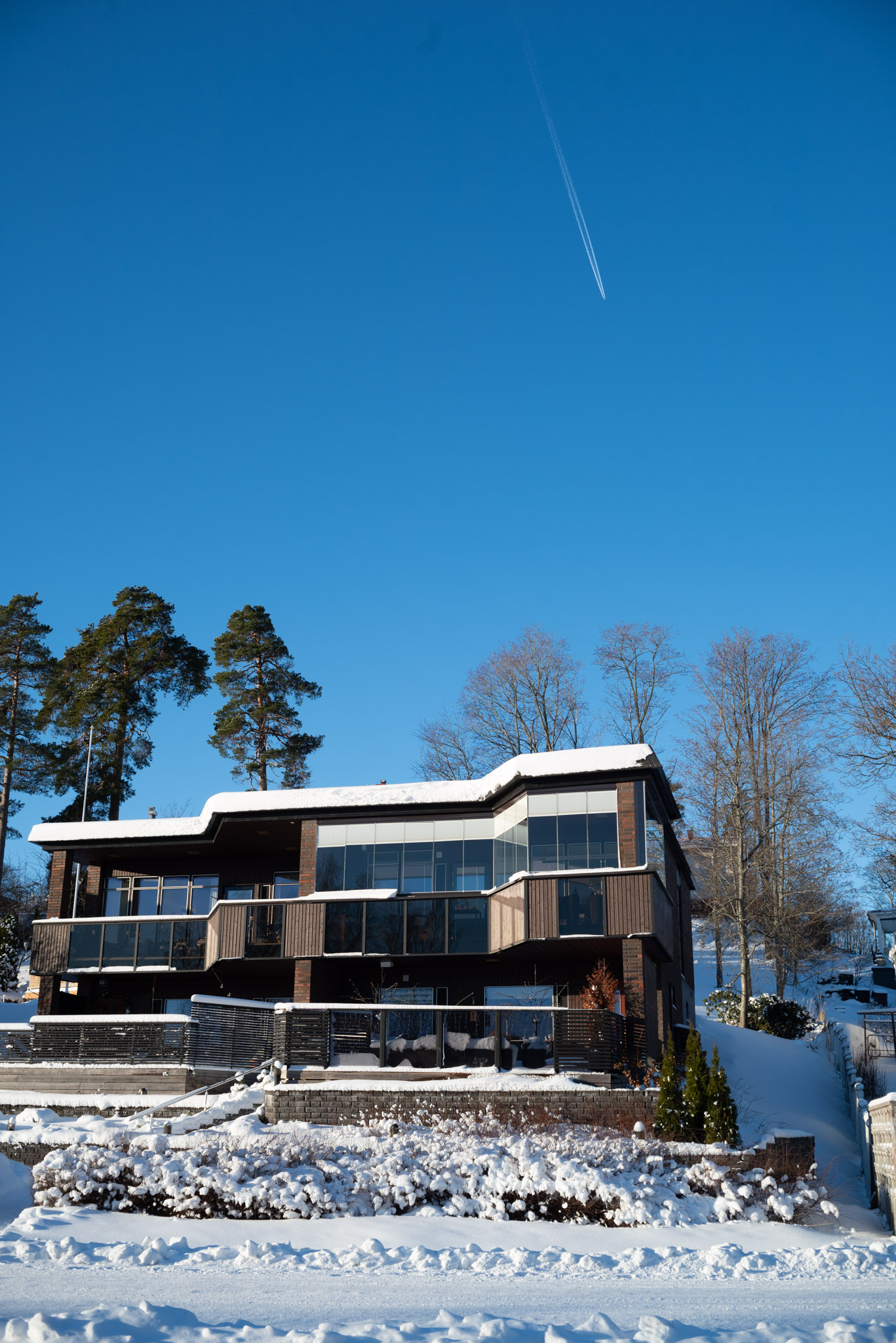
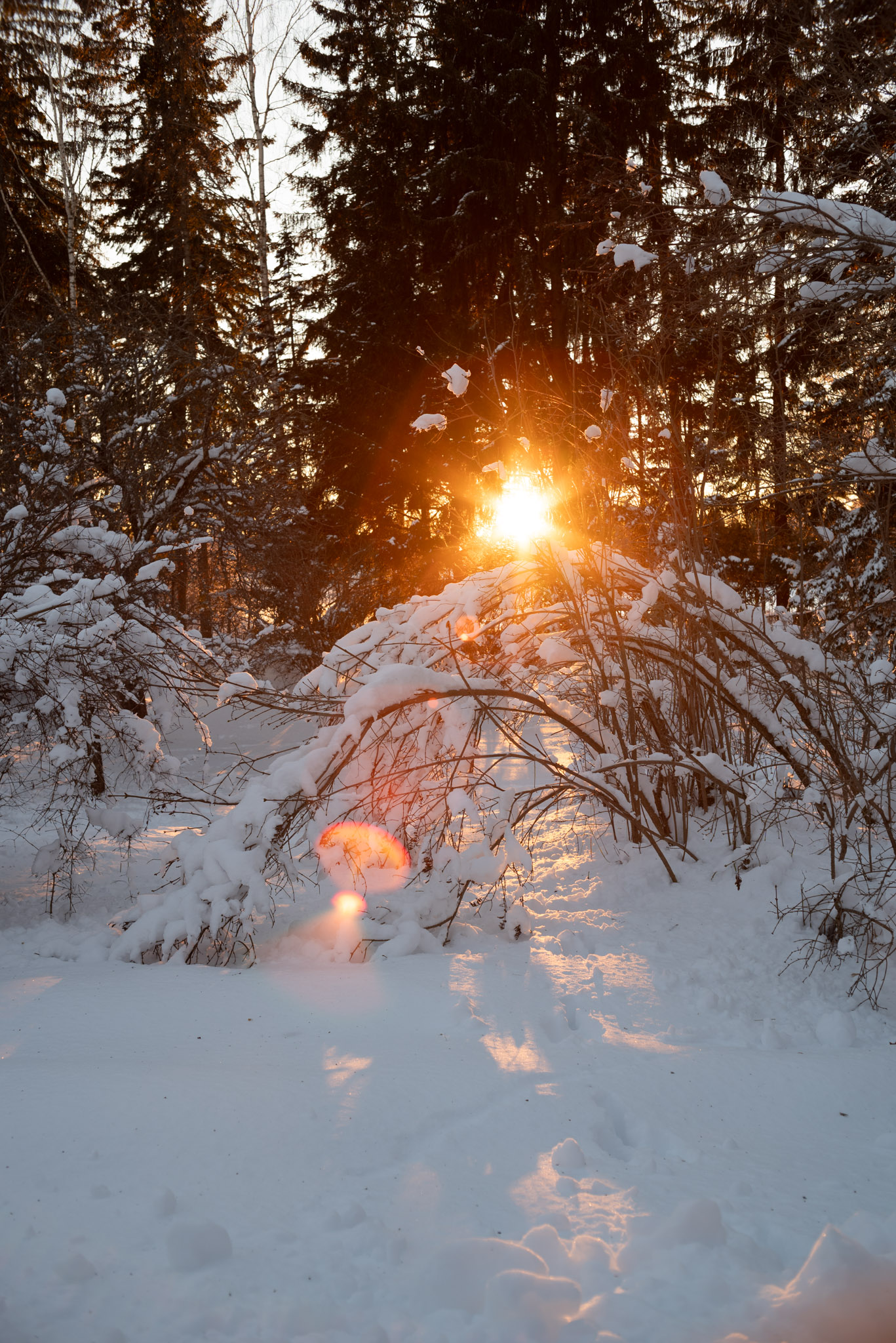
Nighttime shots
Well, actually not night, but a few hours after sunset.
I’ve often marvelled at how light the combination of a full moon, clear skies and a snow-covered landscape can be (I’ve tried to set exposure compensation to match the real level of light)
All images below shot on 12. January 2025 on a Nikon Z5. Exposure compensation mentioned. Minimum edit in post: ACR default conversion from RAW, Manual Noise reduction (luminance: 50, color: 25), resize to 2048 and JPEG 9.
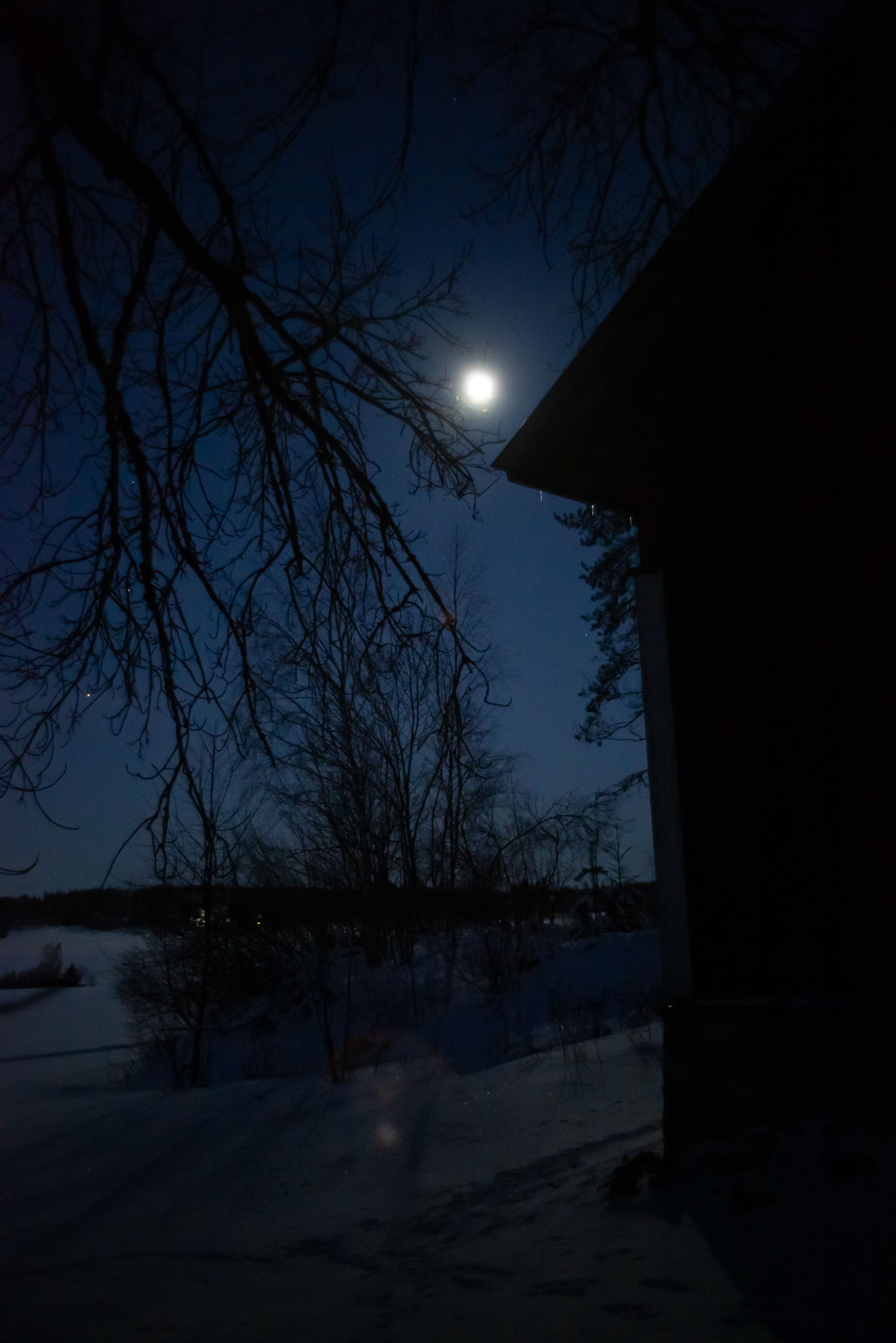
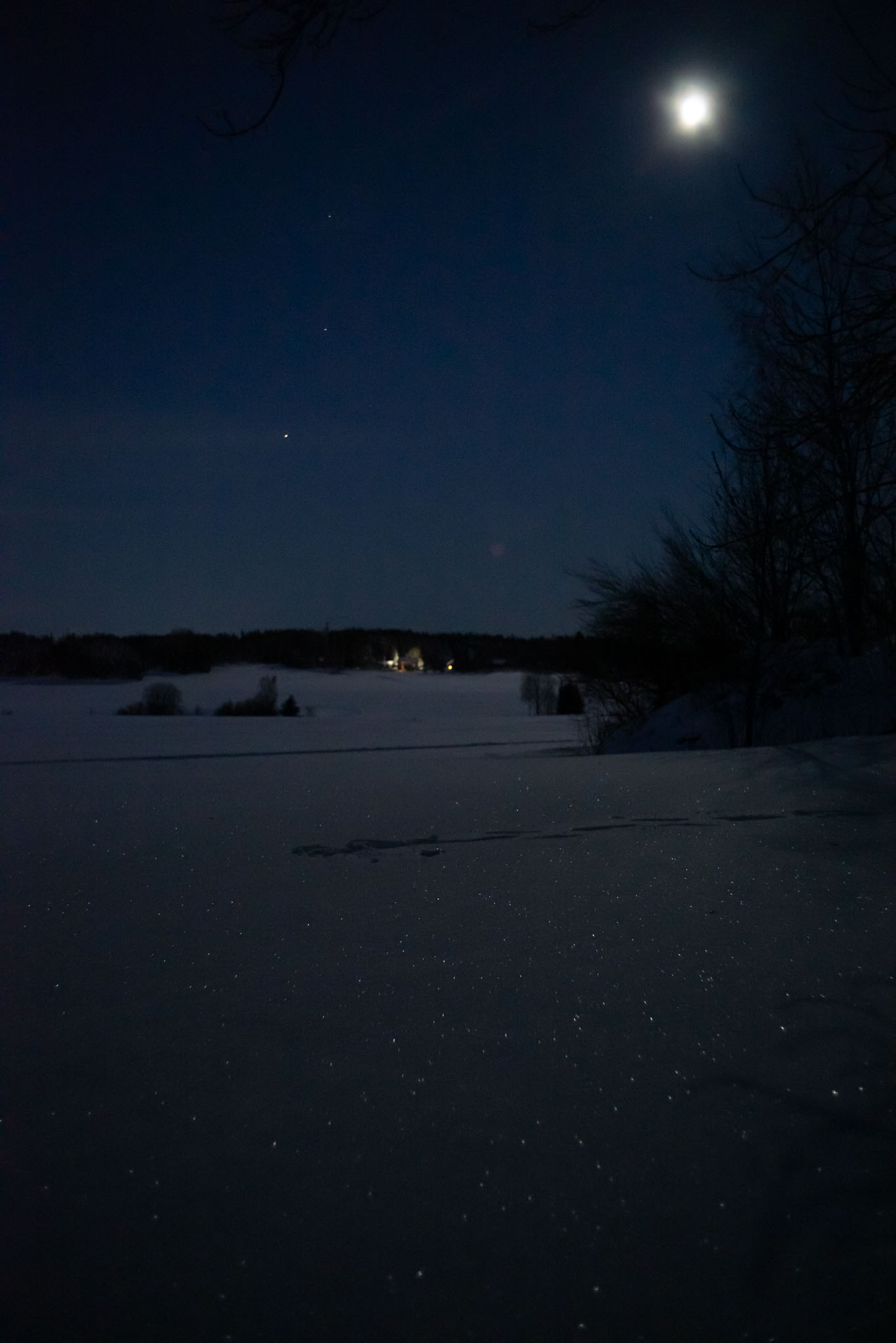
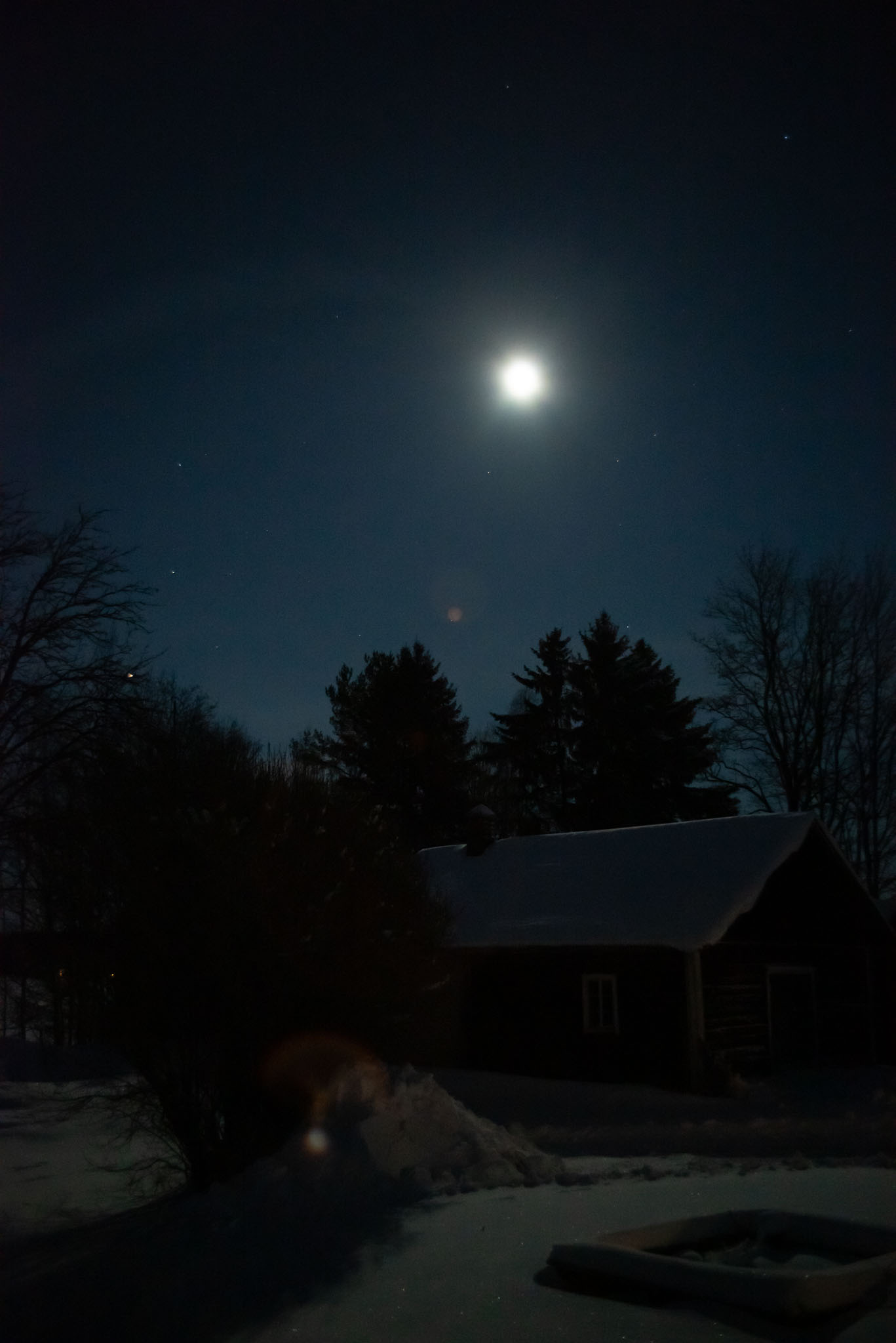
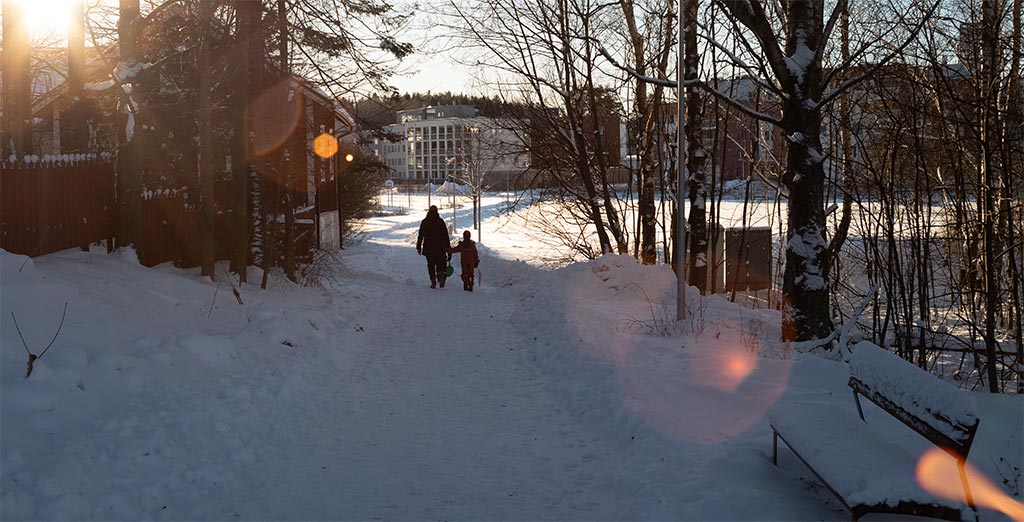
Comments